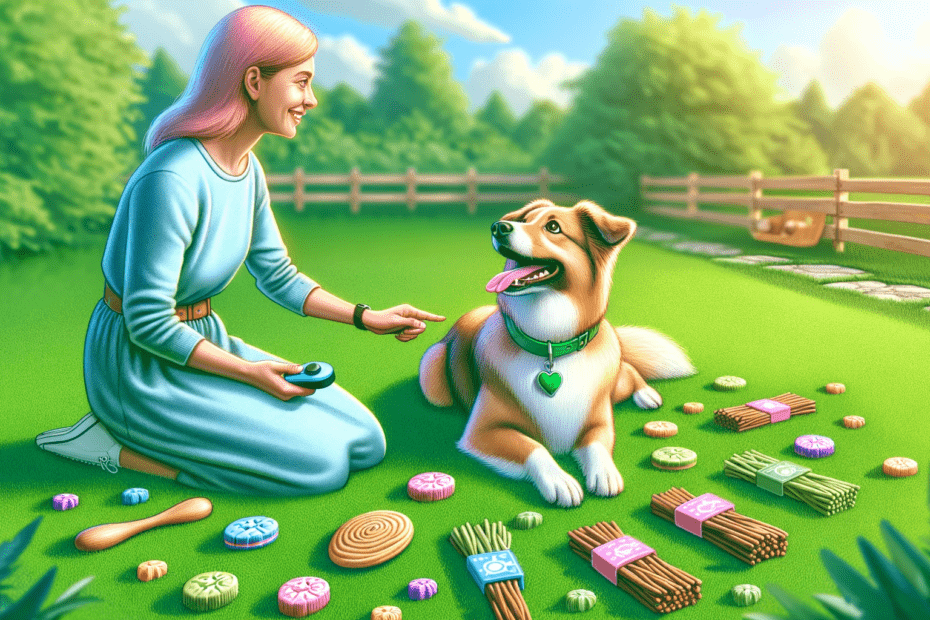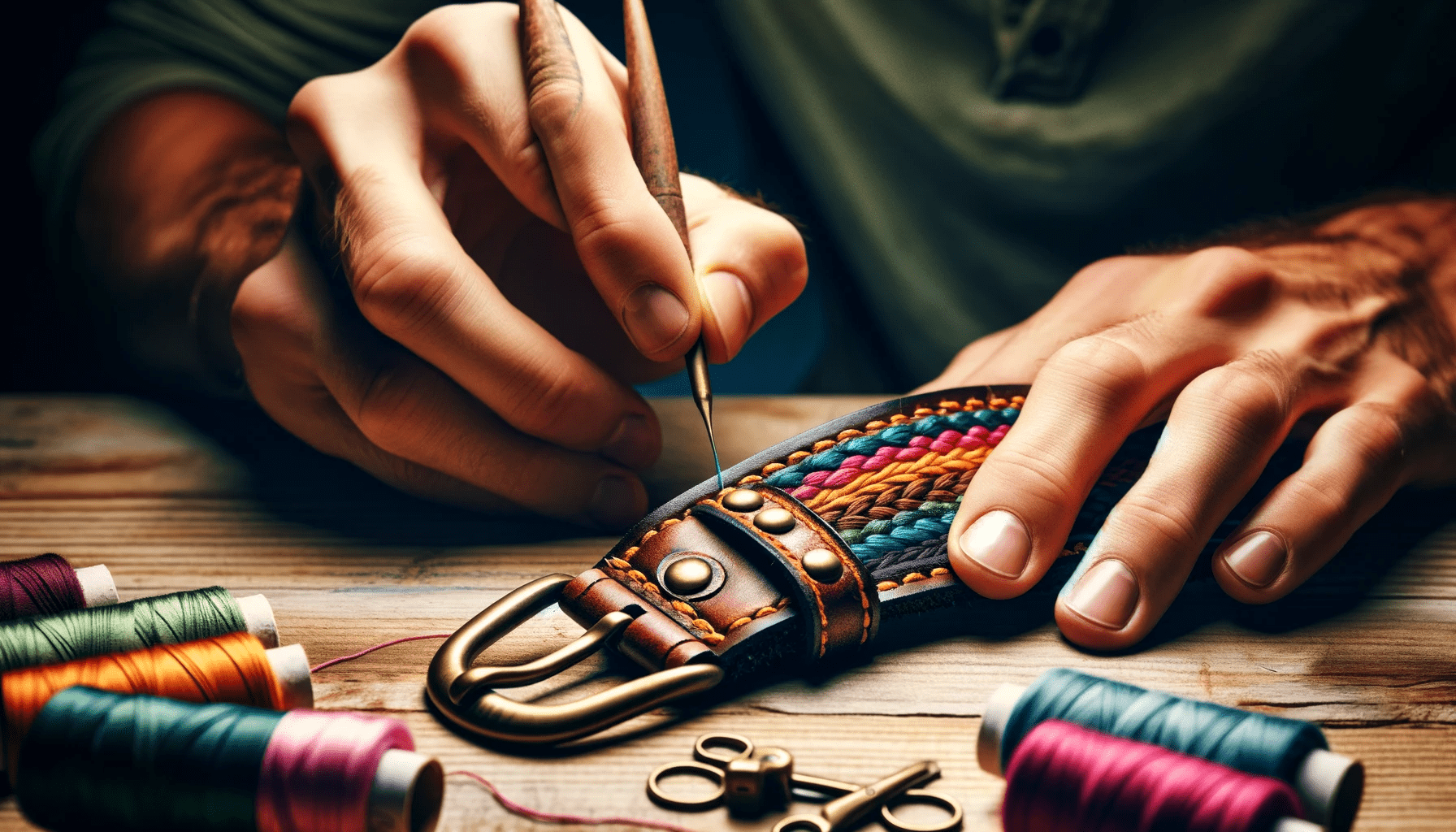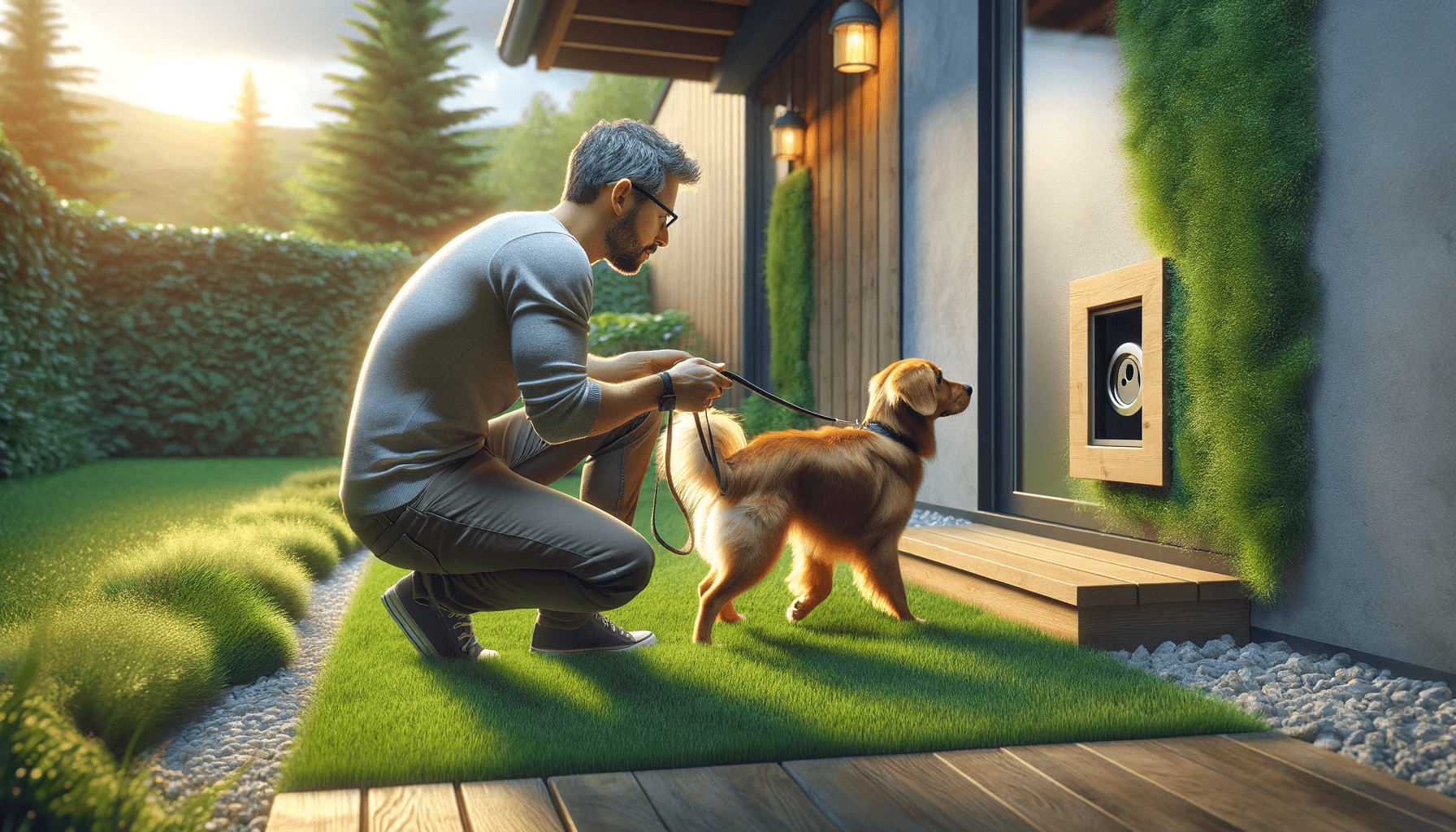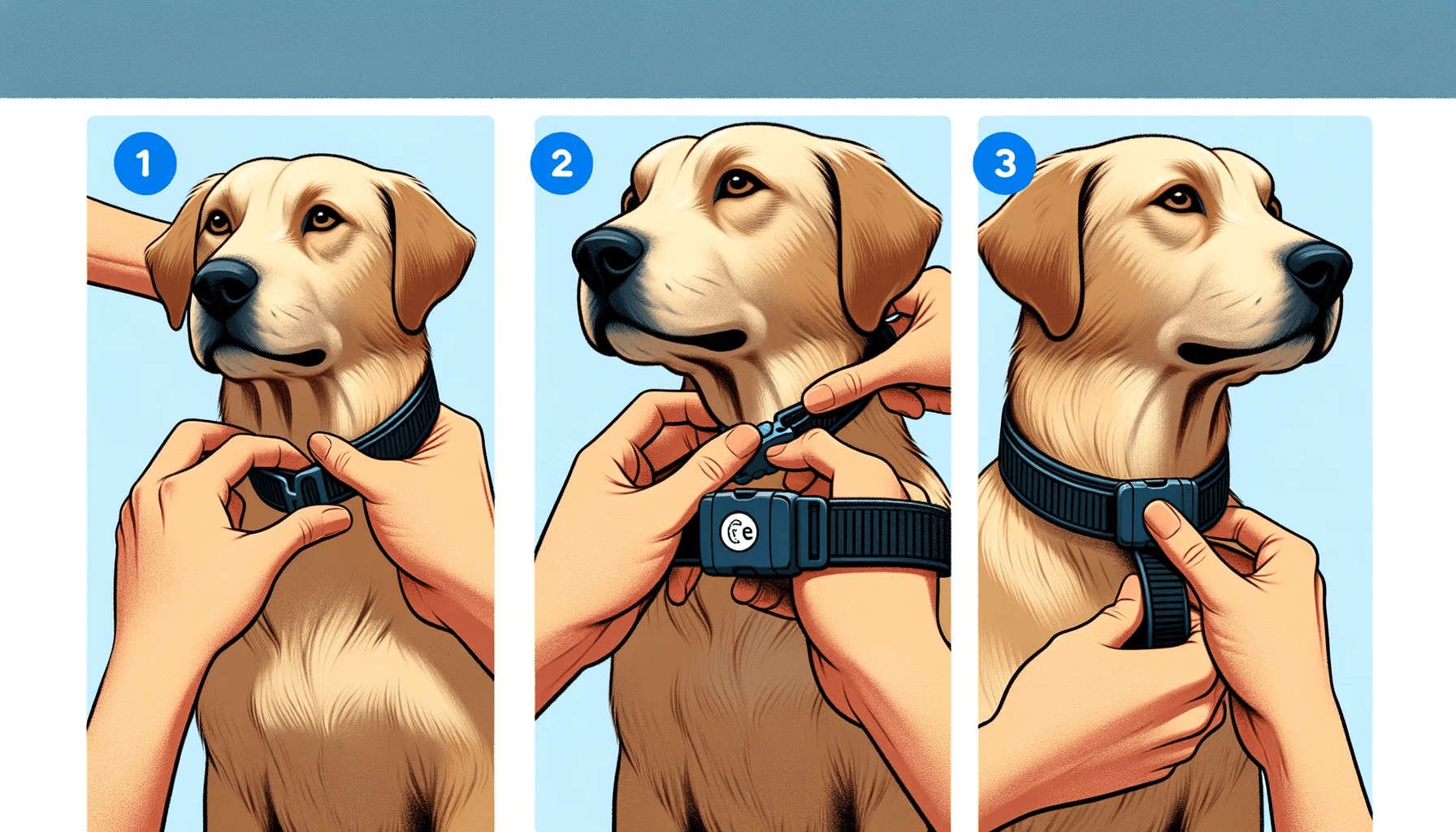Do you want to teach your furry friend a new trick? Well, here’s something you probably don’t know: teaching a dog to roll over can be easier than you think! In this guide, you’ll discover the simple steps to help your dog master this impressive trick.
By using treats and positive reinforcement, you’ll be able to lure your dog into rolling onto their side and then onto their back. Starting from the down position, you’ll gradually guide them through the process, rewarding their progress along the way.
With a little patience and consistency, you’ll soon have your dog rolling over on command. So, let’s get started and have some fun teaching your dog this adorable trick!
Key Takeaways
- Teaching a dog to roll over enhances the bond between owner and dog.
- Training a dog to roll over provides mental stimulation for the dog.
- Teaching a dog to roll over showcases the dog’s obedience and intelligence.
- It is important to respect the dog’s comfort level and avoid forcing the trick.
Benefits of Teaching a Dog to Roll Over
Teaching your dog to roll over offers numerous benefits, including enhancing the bond between you and your furry friend, providing mental stimulation, and showcasing their obedience and intelligence.
This fun trick can be easily taught through positive reinforcement training methods. When you start teaching your dog to roll over, it’s important to create a positive and secure environment. Begin by finding a quiet and comfortable space where you and your dog can focus without distractions.
To begin the training, use a treat as a cue to start the roll. Hold the treat close to your dog’s nose and then move it in a circle towards their shoulder. As your dog follows the treat with their nose, their body will naturally start to roll over.
At this point, use a verbal cue such as ‘roll over’ to associate the action with the command. Reward your dog with praise and treats when they successfully complete the roll.
With consistent training and practice, your dog will become proficient in this trick, showcasing their obedience and intelligence, while also providing mental stimulation and strengthening the bond between you and your furry friend.
Necessary Supplies for Teaching a Dog to Roll Over
To successfully teach your dog to roll over, you’ll need a few necessary supplies.
First, make sure to have a supply of small and soft training treats to reward your dog during the training sessions.
Additionally, consider using a clicker for reinforcement, as it can enhance the training experience.
Lastly, remember to bring patience and consistency to the training sessions, as these qualities are crucial for success.
Training Treats and Rewards
To teach your dog to roll over, you’ll need small, soft treats as essential motivators and rewards during the training process. These treats should be tasty and irresistible to your dog, serving as a powerful incentive for them to learn and perform the trick.
Start by using the treats to lure your dog into the roll over position, placing the treat close to their nose and guiding them into the desired movement. As your dog becomes more familiar with the action, gradually reduce the hand motion and treat lure, relying on a verbal cue like ‘roll over’ to prompt them.
Remember to be patient and consistent in your training, using the treats and rewards as positive reinforcement for your dog’s progress. With the right training treats, your dog will be rolling over in no time.
Clicker Training Techniques
Now let’s delve into the techniques of clicker training and the necessary supplies you’ll need to teach your dog to roll over.
Clicker training is a popular method that uses a small handheld clicker to reinforce desired behaviors in dogs.
To start teaching your dog to roll over, you’ll need a quiet space without distractions, small and soft treats for motivation, and a clicker if you choose to use one.
Begin by giving the cue ‘Roll’ and using a treat lure to guide your dog into a rolling motion.
As soon as your dog starts rolling, click the clicker and give them a treat.
Repeat this process during short training sessions, gradually phasing out the treat lure and relying solely on the verbal cue and clicker.
With patience and consistency, your dog will learn to roll over on command.
Patience and Consistency
Be patient and consistent while teaching your dog to roll over, as these qualities are essential for successful training sessions. Teaching your dog new tricks requires time and effort, so it’s important to set aside dedicated time together for training.
Start training in a quiet and distraction-free environment where your dog can focus. Remember that dogs learn at their own pace, so be patient and give them time to understand the command.
Consistency is key, so use the same verbal cue and hand signal every time you want your dog to roll onto their back. Reward your dog with small and soft treats for their progress and efforts.
With patience and consistency, your dog will learn to roll over in no time.
Step-By-Step Instructions for Teaching a Dog to Roll Over
Start by positioning yourself next to your dog and holding a treat near their nose to lure them into rolling onto their side. Make sure you’re in a quiet space where your dog can focus and understand your instructions.
Once your dog is on their side, use your hand to guide them onto their back. Remember to praise and reward your dog with treats each time they follow your hand movement.
Gradually introduce the verbal cue ‘Roll Over’ as your dog becomes more comfortable with the motion. Keep practicing in short sessions, using small and tasty treats as rewards.
Be patient and consistent with your training approach, as it may take some time for your dog to fully grasp the command. As your dog becomes more proficient, start reducing the hand motion and treat lure, relying more on the verbal cue.
Remember to always be positive and encouraging during the training process. With practice and patience, your dog will learn to roll over on command.
Common Mistakes to Avoid When Teaching a Dog to Roll Over
To ensure successful training, it’s important to be aware of the common mistakes that should be avoided when teaching your dog to roll over. By avoiding these mistakes, you can help your dog learn the roll over trick more effectively and enjoy the process together.
One common mistake is rushing the training process. Teaching your dog to roll over requires patience and consistency. Rushing can lead to confusion and frustration for your dog, making it harder for them to understand what you want them to do. Take your time and break down the training into smaller steps, rewarding your dog for each successful attempt.
Another mistake to avoid is training in cluttered spaces. Clutter can pose risks to your dog and hinder the learning process. Find a quiet and clean area where your dog can focus on the training without distractions.
It is also important to be mindful of any physical issues that may affect your dog’s ability to roll over. If your dog is experiencing any discomfort or soreness, it’s best to seek professional advice before continuing the training. Respect your dog’s comfort level and avoid forcing the trick, as it can lead to fear or reluctance to perform the behavior.
Importance of Consulting a Vet Before Training Your Dog
Consult your vet before training your dog to ensure their safety and well-being during the training process. This step is crucial because it allows you to understand any potential risks or complications that may arise from teaching your dog to roll over.
By consulting a vet, you can address any existing health issues or physical ailments that may affect your dog’s ability to perform this trick.
Training your dog without consulting a vet can be risky, especially if your dog has underlying health conditions. A vet will be able to assess your dog’s overall health and provide guidance on whether it’s safe for them to engage in physical activities like rolling over.
They can also advise you on any modifications or precautions you need to take to ensure your dog’s well-being during the training process.
Certain breeds may be more prone to certain health conditions, such as Gastric Dilation and Volvulus (GDV). Consulting a vet before training is particularly important for these breeds, as exercise or training that involves excessive twisting or rolling can increase the risk of GDV.
Tips for Successful Dog Training Sessions
Regularly consult with your vet to ensure your dog’s safety, and now let’s explore some tips for successful dog training sessions.
First, make sure your dog is ready to learn. Choose a time when your dog is calm and not too tired or hungry. This will help them focus and be more receptive to training.
Find a quiet area where you can work with your dog without distractions. This could be a room in your house or a secure outdoor space. Eliminating noise and other interruptions will help your dog concentrate on the task at hand.
When teaching a new skill, such as rolling over, it’s important to use positive reinforcement. Start by showing your dog the treat and then slowly move it in a circular motion above their head. As their head follows the treat, their body will naturally roll over. Reward your dog with the treat every time they successfully perform the skill.
Remember to keep training sessions short and frequent. Dogs have short attention spans, so aim for sessions that last no longer than 10-15 minutes. This will keep your dog engaged and prevent them from getting bored or frustrated.
Lastly, make training easy and fun for both you and your dog. Break down the skill into smaller steps and gradually build up to the full behavior. Celebrate each small achievement along the way and always end the session on a positive note. With patience, consistency, and the right rewards, your dog will be rolling over in no time.
Maintaining a Positive and Rewarding Training Experience
Create a supportive and enjoyable training environment to ensure your dog remains motivated and engaged throughout the process. Maintaining a positive and rewarding training experience is essential when teaching a dog to roll over or any other tricks.
To keep your furry friend excited about training, use small, tasty treats as rewards. These treats act as positive reinforcement and encourage your dog to repeat the desired behavior. Holding a treat in your hand and guiding your dog’s movements can help them understand what you want them to do.
Practice in a quiet and distraction-free environment to maintain focus and prevent your dog from getting overwhelmed. Short and frequent training sessions are more effective than long ones, as they keep your dog engaged and interested.
Remember to be patient and consistent in your training approach, as this promotes a positive and rewarding experience for both you and your dog. By creating a supportive and enjoyable training environment and using treats as rewards, you can effectively teach your dog to roll over and other fun tricks.
Frequently Asked Questions
How Long Does It Typically Take to Teach a Dog to Roll Over?
Teaching a dog to roll over varies depending on the teaching methods used, training consistency, the dog’s age, and breed. Positive reinforcement, patience, and repetition are key. It can take anywhere from a few days to several weeks.
Can I Teach My Dog to Roll Over if They Are Older?
Yes, you can teach your dog to roll over even if they are older. Age doesn’t limit their ability to learn. Modify training techniques, build trust and confidence, use gradual desensitization, teach alternative tricks, and seek guidance from a professional trainer.
What if My Dog Is Afraid of Rolling Over?
If your dog is afraid of rolling over, start by overcoming their fear through positive reinforcement and gradual desensitization. Alternatively, you can try teaching them other tricks or seek professional help to build trust and address their fear.
Should I Use Treats or Toys as Rewards During Training?
Should you use treats or toys as rewards during training? Both can be effective, but treats are often preferred because they provide positive reinforcement. Consistency is key in training, regardless of breed. Incorporate hand signals and avoid common mistakes for successful teaching.
Is It Possible to Teach a Dog to Roll Over Without Professional Training?
Yes, it is possible to teach your dog to roll over without professional training. Effective techniques include positive reinforcement, consistency in training, building trust, tailoring methods to your dog’s needs, and understanding their individual needs.
Conclusion
Now that you have the necessary tools and knowledge, it’s time to embark on the exciting journey of teaching your dog to roll over.
Remember to be patient and consistent, using positive reinforcement to encourage their progress. With each successful roll, you’ll be one step closer to a well-trained and happy pup.
So grab those treats, get ready for some fun, and watch as your furry friend masters this impressive trick. Get ready to be amazed!






